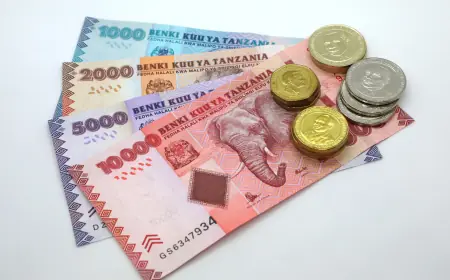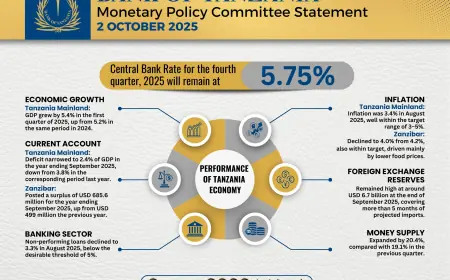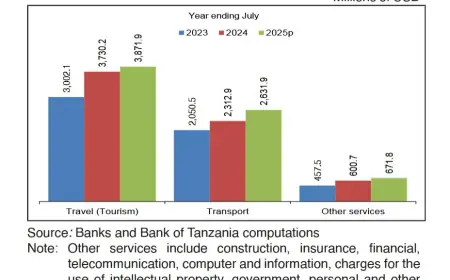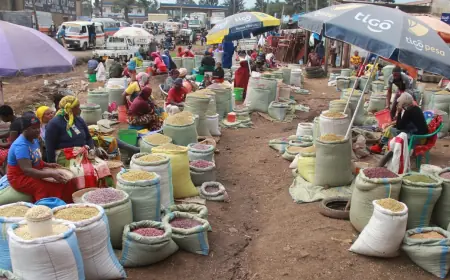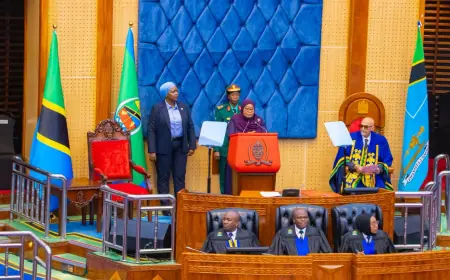Tanzania’s central bank injects Sh482.8bn into the economy in one month
The rise, though substantial, represents a slower monthly expansion compared to recent trends. In the same period last year, circulation rose by a much larger margin, from Sh6.52 trillion in May 2024 to Sh7.08 trillion in June 2024, an increase of over Sh560 billion
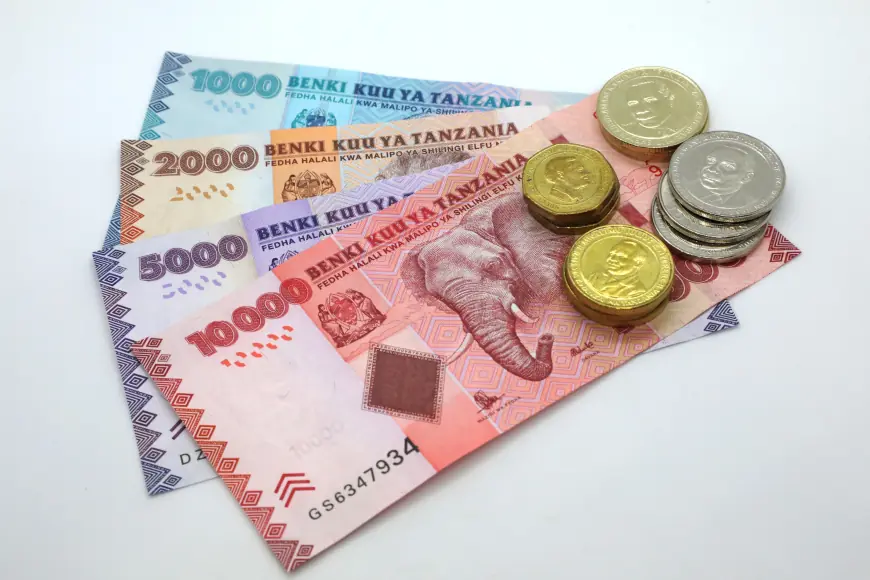
Dar es Salaam. The Bank of Tanzania (BoT) injected Sh482.8 billion into the economy in June alone, as currency in circulation climbed from Sh8.44 trillion in May to Sh8.92 trillion by June 30, 2025, central bank’s unaudited Statement of Financial Position as if June 30, 2025 indicates.
The rise, though substantial, represents a slower monthly expansion compared to recent trends. In the same period last year, circulation rose by a much larger margin, from Sh6.52 trillion in May 2024 to Sh7.08 trillion in June 2024, an increase of over Sh560 billion.
This pattern suggests that while the latest injection continues the upward trajectory of liquidity in the economy, the pace of expansion may be moderating.
Nevertheless, the cumulative year-on-year increase, Sh1.84 trillion between June 2024 and June 2025, highlights the ongoing growth in demand for cash and the scaling up of economic activity across sectors.
Currency in circulation, comprising physical banknotes and coins held outside the central bank, serves as a key signal of monetary dynamics, consumer transactions, and liquidity preferences within the financial system.
By managing the volume of money in circulation, the BoT seeks to support economic stability while ensuring adequate cash flow for commercial and consumer needs.
The BoT’s unaudited Statement of Financial Position, compiled in line with International Financial Reporting Standards, further shows that the Bank’s total assets rose to Sh27.49 trillion in June, from Sh26.21 trillion in May.
Total liabilities also expanded to Sh24.73 trillion from Sh23.28 trillion over the same period, illustrating a broadened monetary base.
Notable within the asset portfolio was the increase in cash and cash equivalents, which jumped to Sh6.21 trillion in June from Sh4.53 trillion in May.
The central bank also recorded higher holdings in gold, Special Drawing Rights (SDRs), and inventories, reflecting an enhanced reserve position.
On the equity side, the balance sheet shows a slight decline, from Sh2.93 trillion in May to Sh2.76 trillion in June, attributed to adjustments in reserves.
The BoT has emphasised that the current figures are provisional, pending an external audit in accordance with Section 21(2) of the Bank of Tanzania Act, 2006. The statement bears the signatures of the Governor, Deputy Governor for Administration and Internal Controls, and the Director of Finance.
A broader view reveals how much the structure of currency issuance has evolved.
In mid-2015, the amount in circulation stood at just Sh439.6 billion in May and rose to Sh474 billion by June of that year, according to the BoT’s Monthly Economic Review of July 2015. The current levels, nearly Sh9 trillion, demonstrate the sheer scale of monetary expansion over the past decade.
The Bank’s regular publication of its financial statements is part of a deliberate effort to uphold transparency and foster public trust in the institution’s operations.
It offers policymakers, analysts, and the public alike a clearer understanding of economic undercurrents shaping the nation’s financial direction.
A Balancing Act
The sustained growth in currency supply is broadly aimed at invigorating economic activity.
Increased liquidity can lower borrowing costs, stimulate investment, and boost consumer spending, particularly valuable when the economy is underperforming.
Increased reserves also mean that commercial banks are better positioned to extend credit, easing access to finance across various economic segments.
However, the strategy is not without risks. An unchecked expansion in money supply can fuel inflation if it outpaces the production of goods and services.
Price instability would erode purchasing power and could prompt tighter monetary policy interventions.
Additionally, an oversupply of the Tanzanian shilling might exert downward pressure on the currency’s exchange rate. While this could benefit exports, it would also raise import costs and the local currency burden of foreign debt.
There is also concern that surplus liquidity could inflate asset markets such as real estate or equities, potentially leading to unsustainable price surges and eventual market corrections.
On the banking side, relaxed credit conditions may increase the risk of default if loans are extended to less creditworthy borrowers.
Thus, while the BoT’s current stance signals continued economic support, it will need to maintain vigilance to ensure that rising liquidity does not undermine the country’s macroeconomic stability.
What's Your Reaction?
 Like
0
Like
0
 Dislike
0
Dislike
0
 Love
0
Love
0
 Funny
0
Funny
0
 Angry
0
Angry
0
 Sad
0
Sad
0
 Wow
0
Wow
0























